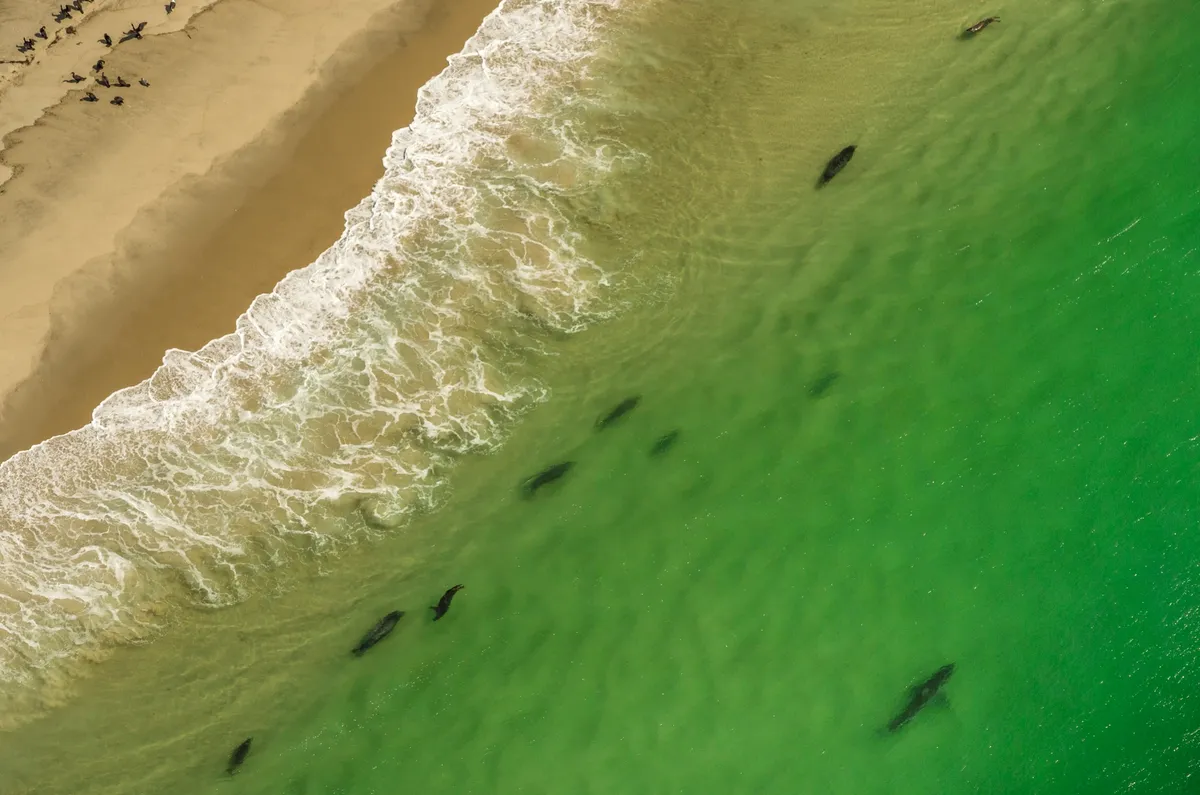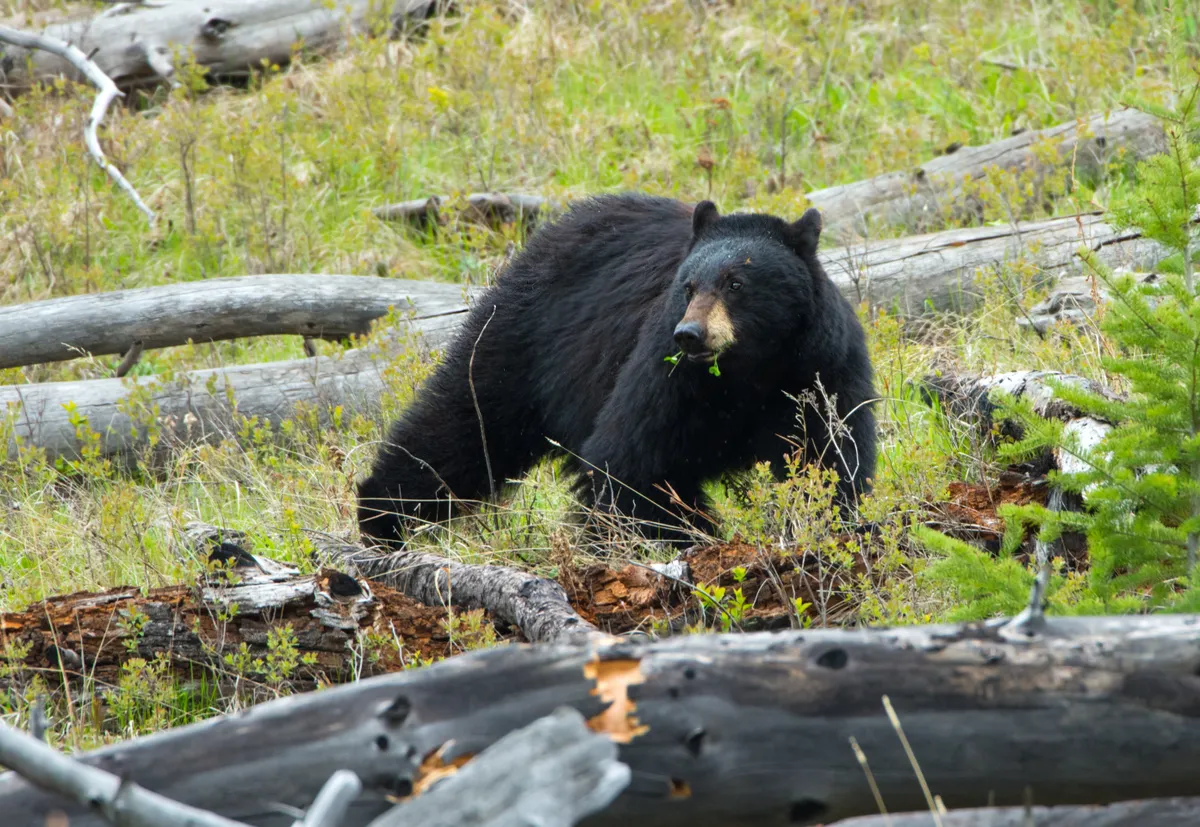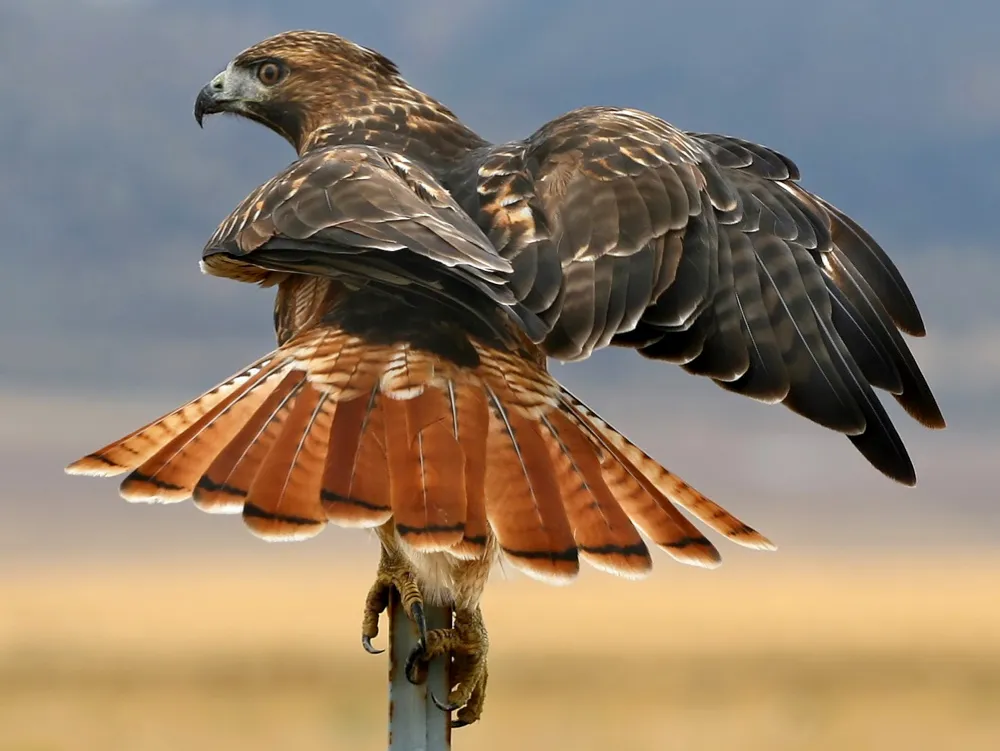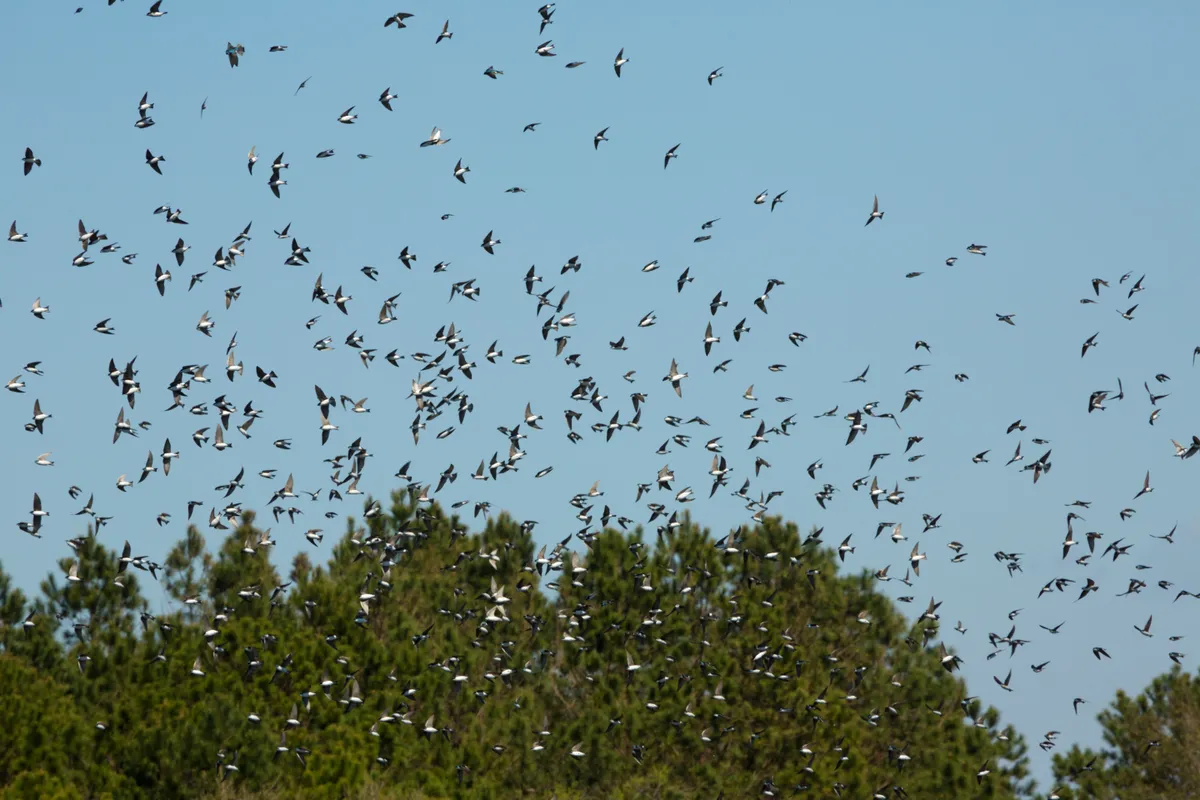The Autumnwatch programmes are some of the most popular we make each year. I think it's because it's the most poetic and emotional of seasons - felt rather than seen; loaded with ephemeral moments sensed at a deeper level. Autumn is a subtle tweak in the quality of the light; a shift in the wind that signals change.
But try filming those moments, those feelings, those smells. Of the three 'Watches' we make each year, Autumnwatch is the most challenging to bring to the screen. So, for the past 12 years the team has been experimenting with new ways to pin down this nebulous season.
And this year, we're roving farther than ever before. This year we head to the USA to explore 'fall' in New England - a spectacle billed as the greatest autumn on Earth.
Every year millions of tourists, known locally as 'leef-peepers', make a pilgrimage to enjoy the vivid-coloured foliage.
However, it's not just the renowned flora that we looked at. New England has charismatic fauna too ...
Moose, and their ticks! (above)
Moose, the largest and heaviest member of the deer family, rut in autumn. The males, huge creatures reaching over 2m tall at the shoulder and with palmate antlers spanning an equal 2m, gather at scrapes and wallows to battle for access to receptive females.
Despite their size, though, moose are among the most challenging of our target species to capture on film; they're able to thread their heavy headgear through the thickest of foliage and disappear without a trace into the forest.
Moose are susceptible to parasitic ticks, yet they are unable to groom them off. Until recently the ungulates could rely on cold winters to kill off the pests, but as winters warm due to climate change they have resorted to rubbing their backs vigorously against trees to rid themselves of their unwanted guests.
Sadly, huge numbers of ‘ghost moose’, their hides rubbed raw and hairless from attempts to shift ticks, die from blood loss and the effects of cold.
Seals and great white sharks
Once hunted close to extinction, the seal population around coastal New England has rebounded dramatically: as many as 50,000 grey seals are thought to live on Cape Cod alone – and they’re attracting unwanted attention.
In the early 2000s, only one or two great white sharks were spotted each year in the area; in 2016, there were 147. Autumnwatch spoke to shark scientist Greg Skomal, who acknowledges that these are probably among the least studied white sharks in the world.

Bears and orchards
When farmers moved away from New England in the 19th century, they left behind small orchards, remnants of which still linger in the forests today.
During autumns when natural food is in short supply, these orchards act as a magnet for wildlife, especially black bears desperate to feed up before the long winter hibernation.

Migrating raptors
Each September, many of northern North America’s hawks, eagles and falcons head south for the winter, migrating in astonishing numbers.
Hundreds, sometimes thousands, of birds can be seen in New England in a single day, with broad-winged and red-tailed hawks generally in the largest numbers; peregrines, kestrels and bald eagles often reach double digits, too.

Tree swallows
Almost every autumn evening, thousands of tree swallows flock to the Connecticut River to roost on uninhabited islands in the middle of the waterway.
Like starlings, they will swoop and sway above the river in mesmerising displays before descending to the safety of their roost for the night.
